Predicting the Accuracy of Optical Tracking Systems
Student Project (Diplomarbeit)
There exist several optical tracking systems on the market that use infrared reflective balls as markert targets for six degree of freedom tracking. Examples are the
dtrack system by
A.R.T. and the
optotrack or
polaris system by
Northern Digital. However, there is no possibility to estimate the quality of a specific marker configuration in advance only from the geometric layout of the marker balls.
The goal of this project is to build a geometrical accuracy and reliability model for such marker configurations and then evaluate the model by empirical measurements.
Error Covariances for Optical Marker Targets
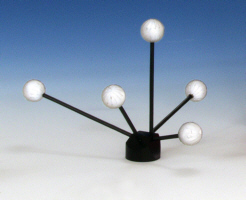
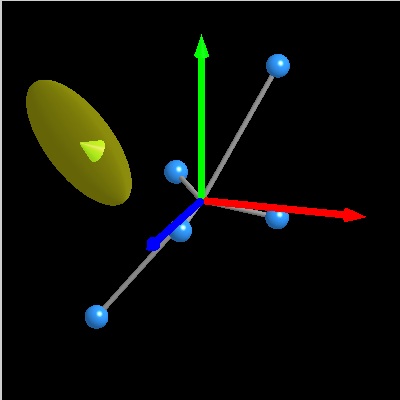
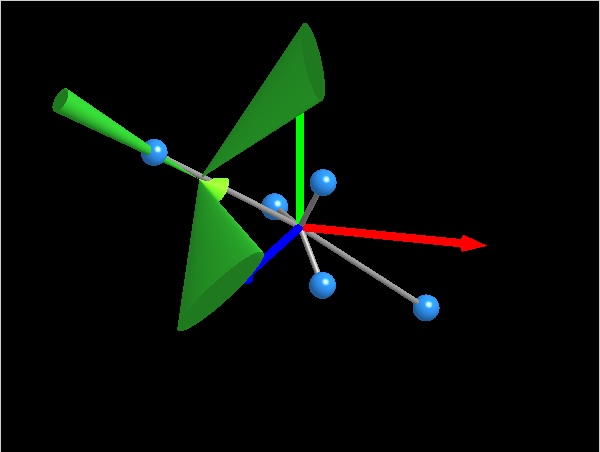
Error Covariances for a stereo camera system
This
movie shows the calculated covariance ellipsoids in the xz plane for a testsetup. The covariances in the imageplane are supposed to 0.1 [mm] in both direction. The baseline of the two cameras is 10[mm] and the focal length is set to 1[mm]. The magnification of the covariance ellipses is set to factor 0.01.
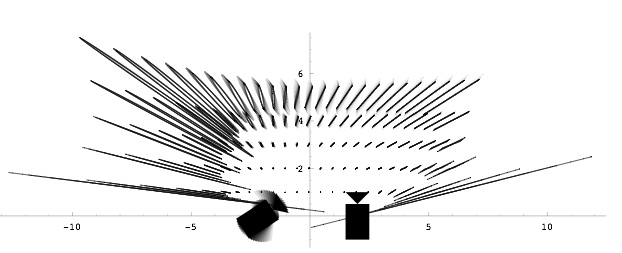
The following screenshots show the accuracy tracking a single feature for a test setup with a 2-ocular and a 3-ocular optical tracking system. The colors visualize the estimated rms error.
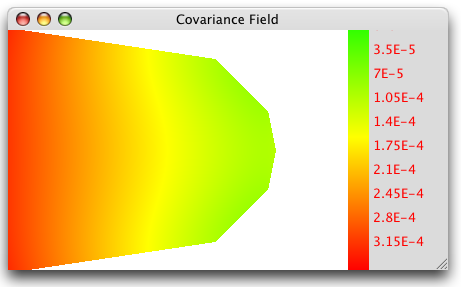
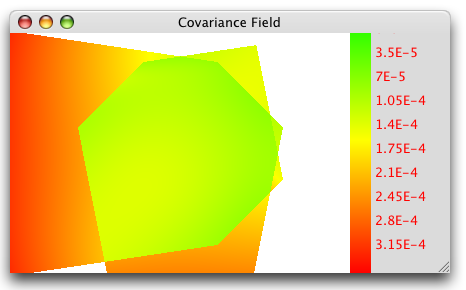
Error Prediction for a monocular camera system
Monocular tracking systems are operating with only one sensor. Due to the lack of the
second camera it is not possible to track a single spatial point because no triangulation is possible. By combining more than one feature point rigidly to a marker target the pose of the marker target can be determined if the model of the tracked target is known.
3D plots showing qualitative uncertainties with respect to two angles at a fixed
distance. The left plot is visualizing the rms error of estimating the distance to the
target and the right plot shows the rms error of estimating the orientation.
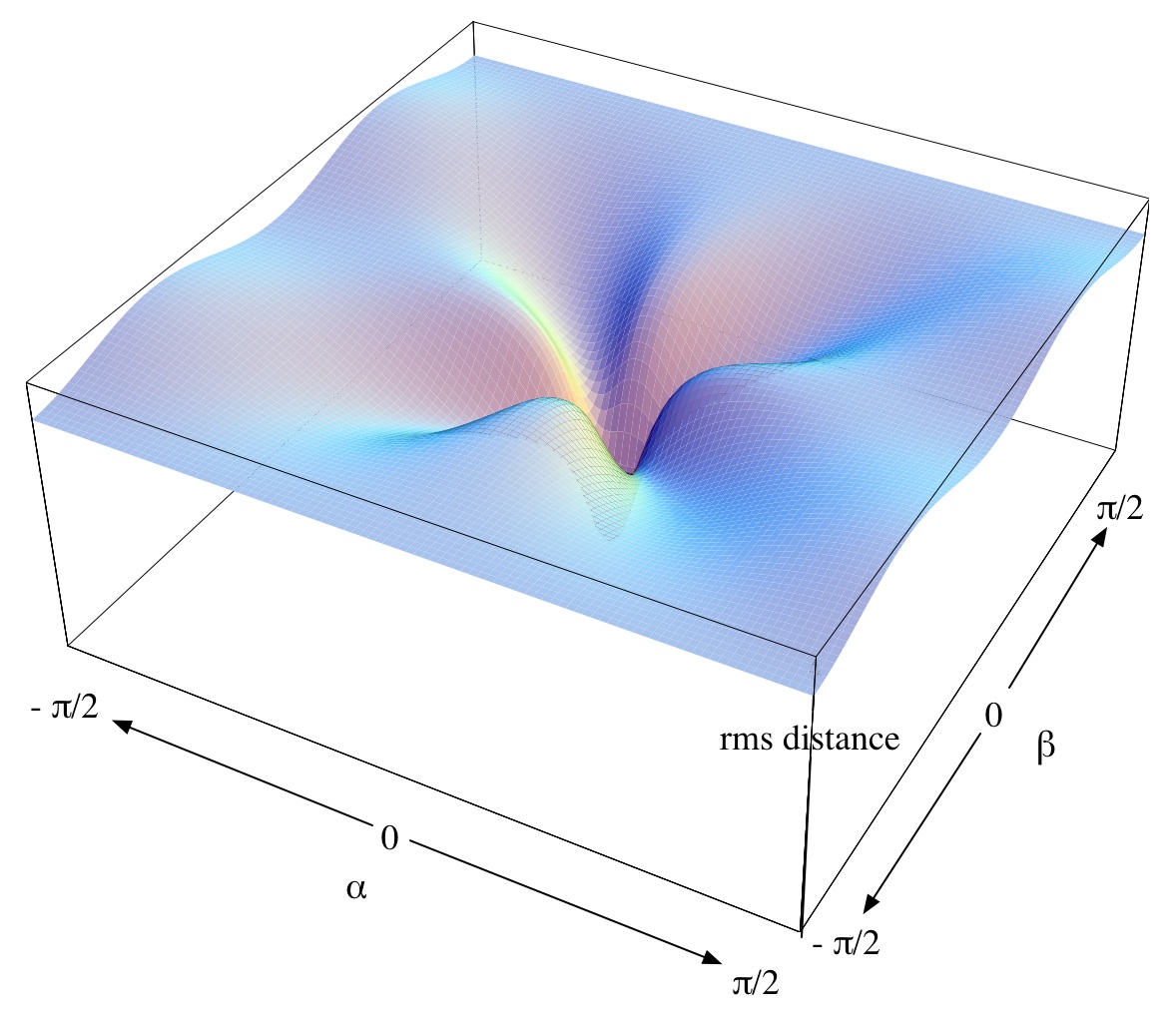
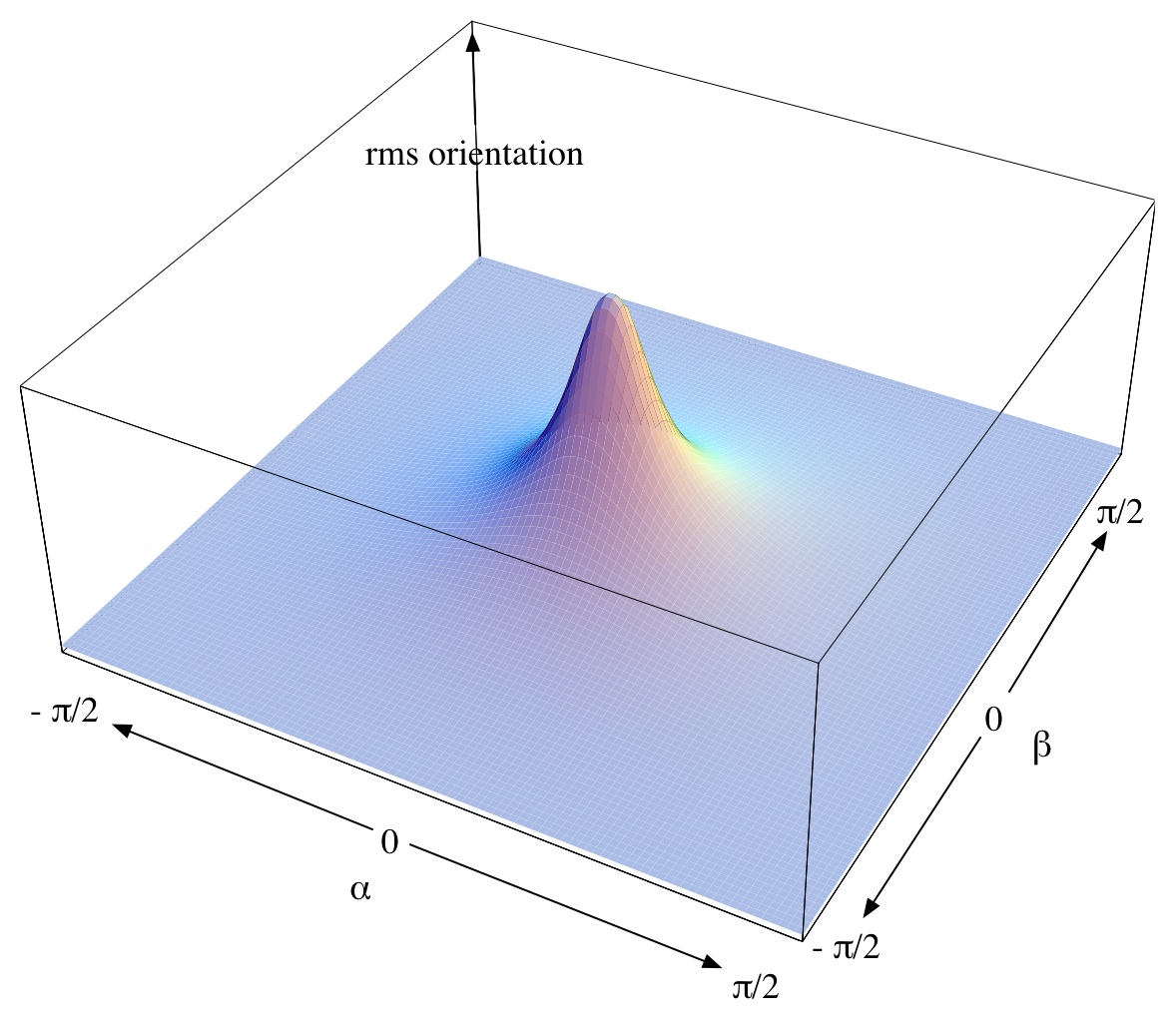
Documents



 The following screenshots show the accuracy tracking a single feature for a test setup with a 2-ocular and a 3-ocular optical tracking system. The colors visualize the estimated rms error.
The following screenshots show the accuracy tracking a single feature for a test setup with a 2-ocular and a 3-ocular optical tracking system. The colors visualize the estimated rms error.



